To coincide with the opening of Masterpiece London, we asked leading cultural figures to pick out some of their personal favourite masterpieces
I am hardly a voice crying in the wilderness, but for me Diego Velázquez is the finest of them all. I have had the privilege of working in the two museums that have the very best collections of his work, the National Gallery and the Prado. He is the most searingly intelligent of artists as well as the most accomplished handler of paint in history, period. The sympathy he feels for his fellow human beings, be they kings, queens, children, court dwarves or buffoons, is palpable. He is also the most astounding painter of animals. If I had to pick one painting, I’d say The Spinners, because it’s such a daring picture. You have a figure placed at the very centre of the composition who’s entirely in shadow: you don’t do that if you’re a normal painter. It’s both an astonishingly learned picture – it’s Velázquez’s private homage to Rubens and Titian – and also just a magnificent piece of pure painting.
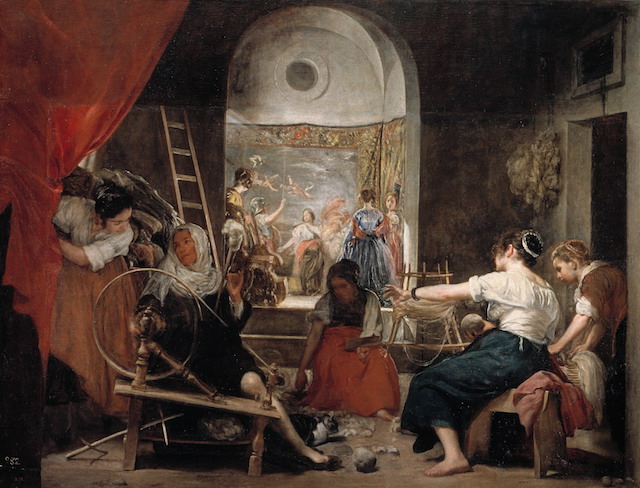
The Spinners (1657), Diego Velázquez. Museo del Prado
One of my favourite sculptures is Canova’s Repentant Mary Magdalene in the Hermitage, a museum that has a remarkable collection of his works. Canova is sometimes thought of as a cerebral and cold neoclassicist, but in this work he sculpts soft and sensual human flesh and depicts the emotions of love and sorrow so persuasively that all your emotions are engaged. If you look at it too long, you risk being overwhelmed.
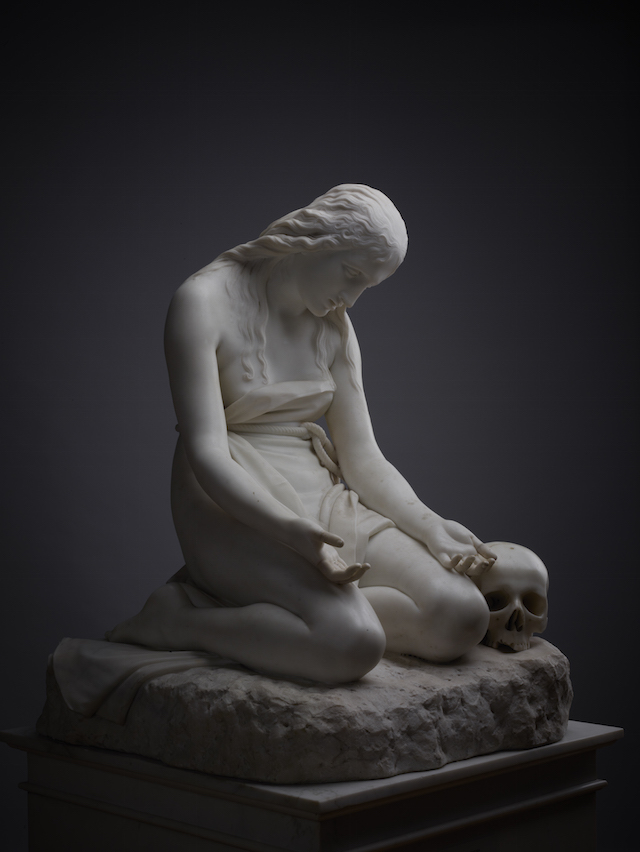
Repentant Mary Magdalene (1808–09), Antonio Canova. State Hermitage Museum, St Petersburg
Degas is also a favourite artist. He had an innate sense of beauty and elegance and a completely natural feeling for line and colour. Degas loved the tradition of painting – he made copies of Mantegna and Rubens, for example – but he was also an innovator and a perfectionist.
The Louvre and the Met are completely inexhaustible – and exhausting, too. But a museum that never fails to surprise and excite me is the Victoria and Albert Museum. It makes you find everything interesting, from shoe design to stained glass, from medieval ivories to contemporary jewellery. I suppose that a London masterpiece for me is the view from Greenwich Observatory across the park down to Inigo Jones’s practically perfect Queen’s House, Wren’s Naval College, and then up the Thames to the impressive pile that is the sprawling city. It’s a view that Turner painted.
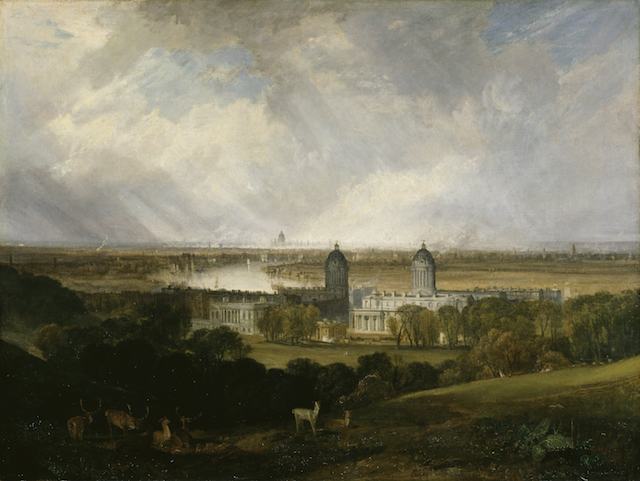
London from Greenwich Park (1809), J.M.W. Turner. Tate Collection, London
My ultimate masterpiece is Bach’s Goldberg Variations: precision, beauty, a world of emotions around two small melodies.
Gabriele Finaldi is Director of the National Gallery, London.
Masterpiece London takes place on the South Grounds of the Royal
Hospital Chelsea from 30 June–6 July. This article was originally published in the Masterpiece London magazine 2016.
Unlimited access from just $16 every 3 months
Subscribe to get unlimited and exclusive access to the top art stories, interviews and exhibition reviews.

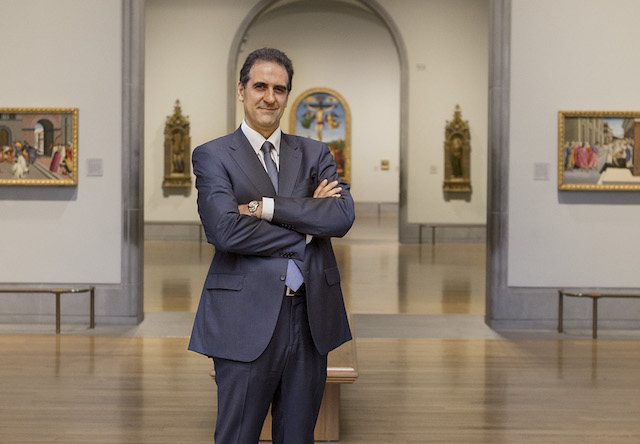
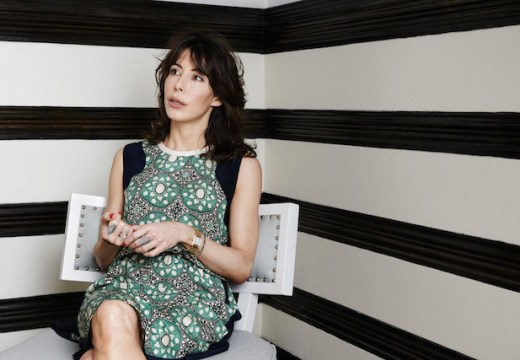
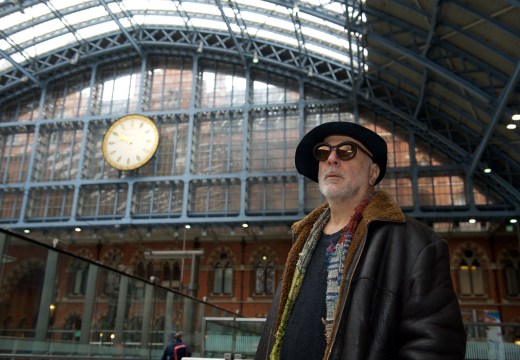
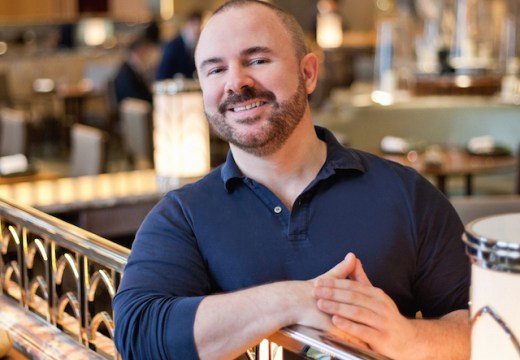









![Masterpiece [Re]discovery 2022. Photo: Ben Fisher Photography, courtesy of Masterpiece London](http://www.apollo-magazine.com/wp-content/uploads/2022/07/MPL2022_4263.jpg)
It’s time for the government of London to return to its rightful home